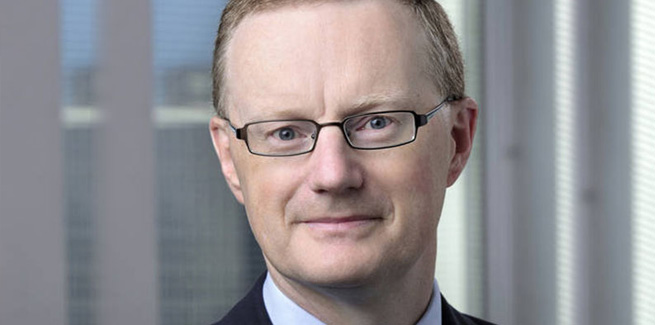On Tuesday, the Reserve Bank of Australia (RBA) lowered the official cash rate for a second consecutive month, dropping it to a new record low of 1 per cent.
The adjustment elicited an immediate response from the mortgage market, with several lenders, including the big four banks, lowering their home loan rates.
In a statement issued following the central bank’s monetary policy announcement, governor Philip Lowe said that the adjustments would “support jobs growth across the country and provide greater confidence that inflation will be consistent with the medium-term target of 2 to 3 per cent”.
He added: “Our assessment is that despite the Australian economy having performed reasonably well over recent years, there is still a fair degree of spare capacity in the economy. It is both possible and desirable to reduce that spare capacity.
“We should be able to achieve a lower rate of unemployment than we currently have, and we should also be able to reduce underemployment.”
“If, as a country, we can do this, we could expect a further lift in wages growth and stronger growth in household incomes.”
However, Mr Lowe pointed to domestic and global developments that continue to pose risks to economic growth, including the continued trade dispute between the United States and China, which has dampened investor confidence.
“If this continues for too much longer, the effects on economic growth are likely to be significant,” Mr Lowe said. “For this reason, the risks to the global economy remain tilted to the downside.”
Despite highlighting the potential risks to stability, Mr Lowe claimed that the “central scenario for both the global and Australian economies is still for reasonable growth, low unemployment and low and stable inflation”.
Therefore, Mr Lowe said that the RBA would consider further adjustments to the cash rate if further stimulus is required in the face of headwinds.
“Given the circumstances, the board is prepared to adjust interest rates again if needed to get us closer to full employment and achieve the inflation target in a way that supports the collective welfare of all Australians,” he said.
Reflecting on Mr Lowe’s comments, AMP Capital’s chief economist, Shane Oliver, who predicted the back-to-back adjustments, said the rhetoric suggested that the RBA would hold off on further cuts in the near term.
“This suggests that the RBA has left the door open to further easing, but the use of the words ‘if needed’ – which were not present in the same statement a month ago – suggests that a further deterioration in the economic outlook relative to its forecasts is needed to cut rates again,” the economist added.
Mr Oliver said the RBA would fall short of its targets for economic growth, which he said would prompt further easing later this year.
“Our assessment is that growth will come in well below the RBA’s expectation for 2.75 per cent this year and next and so unemployment is likely to drift higher from here rather than fall as the RBA is hoping,” Mr Oliver said.
“As a result, while we expect the RBA to leave rates on hold for the next few months as it assesses the impact from the June and July rate cuts, we continue to expect more rate cuts ahead with the next in November followed by another in February, which will take the cash rate to 0.5 per cent.”
The AMP economist added that expected fiscal stimulus and structural reforms would be required but would “take time to come through and impact the economy”, reverting pressure back on the RBA.
However, also reflecting on Mr Lowe’s remarks, ANZ Research’s head of Australian economics, David Plank, remains of the view that an adjustment is on the cards for August.
Mr Plank said that the RBA governor’s use of the phrase “if needed”, was more of a reflection of the fact that further easing “is not necessarily as pressing as it was”, given the adjustments in June and July.
The ANZ economist said that the RBA will decide on the need for more easing when it finalises its forecasts for the August statement of monetary policy.
“We struggle to see how these forecasts can conclude anything other than further stimulus is needed to achieve the target the RBA has set itself – namely, an unemployment rate of 4.5 per cent,” he said.
“The two rate cuts built into the May forecasts was not expected to get the economy to this point, and we don’t see anything since then that will prompt the RBA to revise the growth outlook higher.”
Mr Plank concluded: “Our base case remains that the RBA will ease again in August.”
[Related: RBA cuts cash rate to new record low]
 ;
;
